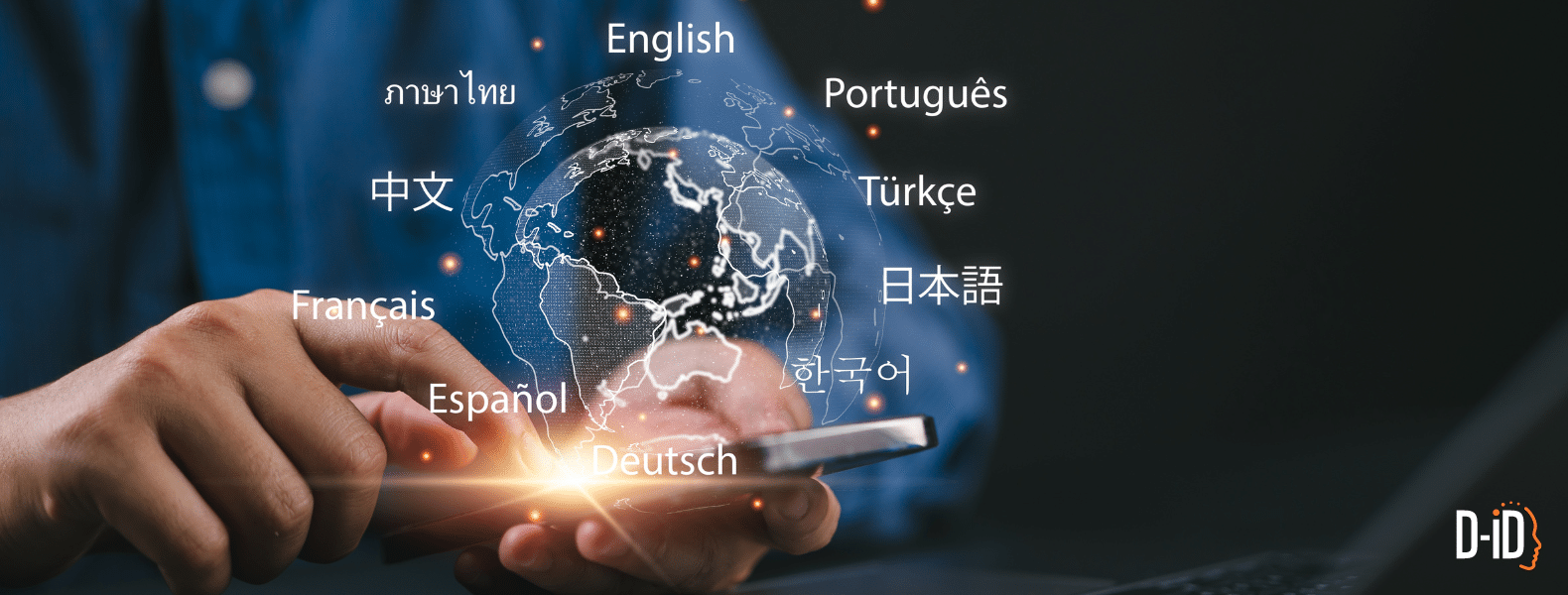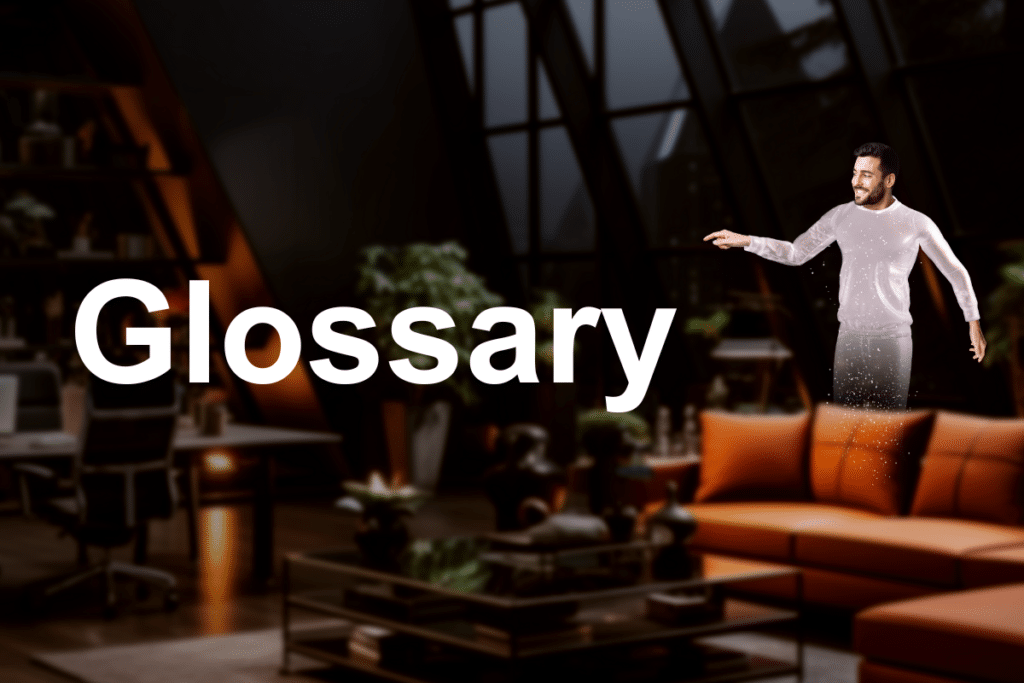AI Video Translator

AI video translation software is highly valuable for anyone who wants to have their videos viewed by people around the world. It dramatically reduces – sometimes even eliminates – the need for manual translation, post-editing corrections, and repetitive voice-overs. But it’s not yet foolproof; so businesses would be wise to follow a set of best practices to achieve the optimal output quality of automatic video translation software.
What is an AI Video Translator?
AI video translation software works with moving digital characters (avatars, animations, and actual people) to create video versions in multiple languages. The process needed to translate video audio is more complex than, for example, the dynamic translation of audio tracks into closed captions. This is because AI video translators require more steps:
- First, they have to convert the audio signals from the speaker to a digitally translated medium, such as text.
- Then, they have to run the text through large language models (LLMs) to create a translation that factors in grammar, slang, figures of speech, and other idiosyncrasies to produce a “natural language” version of the text. This is a two-way translation. For instance, a term in English slang must be matched with its equivalent in Dutch slang.
- Next, they have to convert the translated text back to audio that simulates a human voice.
- Finally, they must match the video version of the speaker’s face to the new audio. A quality translation requires more than lip-synching because facial expressions must also be adapted to the different sounds of the new language.
Benefits of AI Video Translation
Despite the challenges facing AI video translation software (as we get into below), there is simply no competition between manual and digital processes on the whole. The digitization of translation brings with it amazing benefits:
- Automation that can handle hours of dialogue in minutes
- A leap in cost-effectiveness by (mostly) taking paid human translators out of the process
- Real-time capabilities that are essential for dynamic, customer-facing videos (as used, for instance, by AI Agent technology)
- A vast increase in the number of languages being used, which allows the breaking of language barriers to reach a global audience
AI video translations do have another source of competition. The option to include closed captions in a video as a translation method is widespread, simple, and inexpensive. Despite its occasional imperfections, automatic video translation software still offers numerous advantages over captioning:
- Closed captions force the viewer to alternate between the video and the text, while AI video translation offers a more seamless experience.
- At times, closed caption text takes more time to read than the video to play, requiring the viewer to pause, while the timing of speech is adjusted automatically in a translated video.
- Closed caption technology is old and does not provide optimal branding. In comparison, automatic video translation software is at the cutting edge of multilingual video production.
Challenges and Considerations of AI Video Translation
Like many artificial intelligence applications, AI video translations can result in all kinds of errors. These include:
Accuracy
AI video translation software can make phonetic mistakes, for example, replacing “I’ll” with “eye.” Most of these errors are only noticeable by paying close attention to the audio. A more significant area is translating slang and figures of speech, the correct use of grammar, and ensuring that speech does not offend cultural sensitivities.
Omissions
Some AI video translators are programmed to match the length of the audio with that of the video. When this can’t be done, the AI might skip a word or two.
Tone
It can be hugely challenging for video translation software to choose the tone of voice that matches the mood of the video, the meaning of the phrase, and the avatar’s expression. One example is a translation into Mandarin Chinese, which only has four tones. If any tone is wrong, the word will not make sense.
Accent
Some AI video translators produce results where the accent varies or delivers an overall monotonous audio effect.
Best Practices for Effective AI Video Translation
Despite all these automatic video translation software issues, the future is bright. AI capabilities are constantly improving, and video translation is no exception. In the meantime, businesses should follow recommended best practices to get their ideal result from AI video translation.
This begins with the pre-translation material, which should be created in an intentional way, with short sentences and clear pronunciation. Some AI platforms also allow phonetic spelling input for complex words and names.
Language experts should be consulted to at least review the source material and translation in text form; if you can have them also look at completed videos, that’s even better.
Draft copies of translated videos should be examined for language accuracy and to ensure that facial expressions and tone of voice make sense in context. D-ID’s Video Translate is an innovative video translation tool that automates the process of localizing your content in just a few clicks. Simply upload a video to our Studio, choose the languages you want to translate, and then let it generate videos in bulk for you in a few minutes.

Explainer Videos

AI Companions

Glossary
Was this post useful?
Thank you for your feedback!